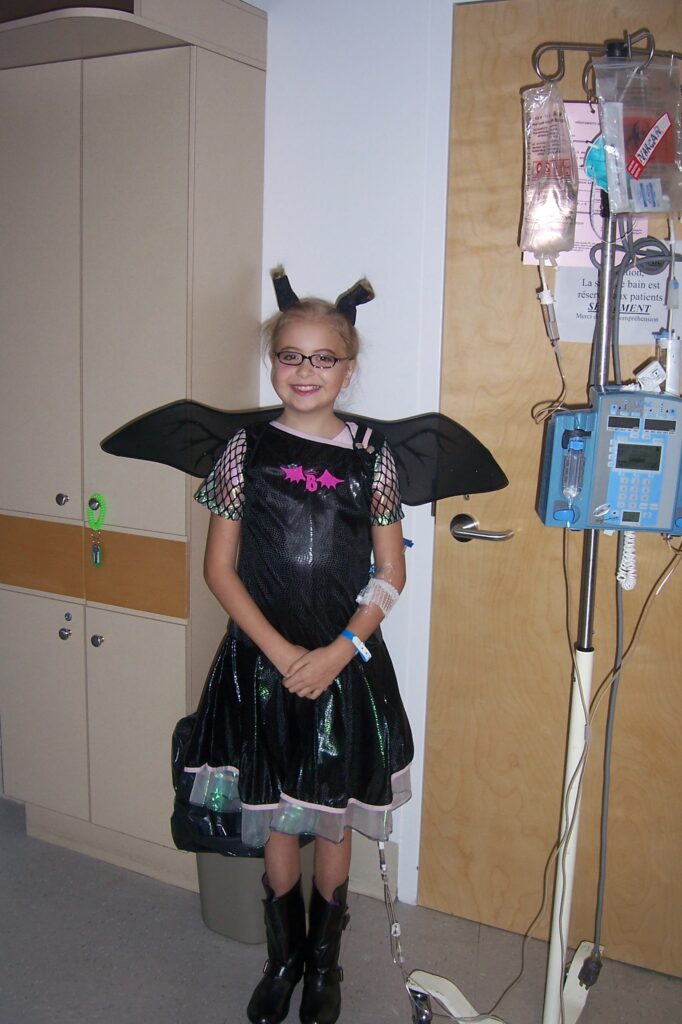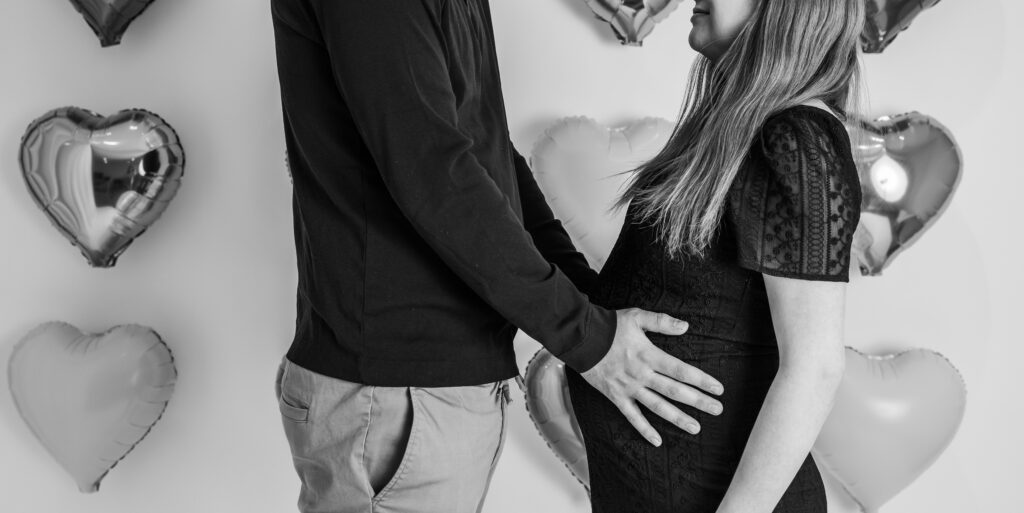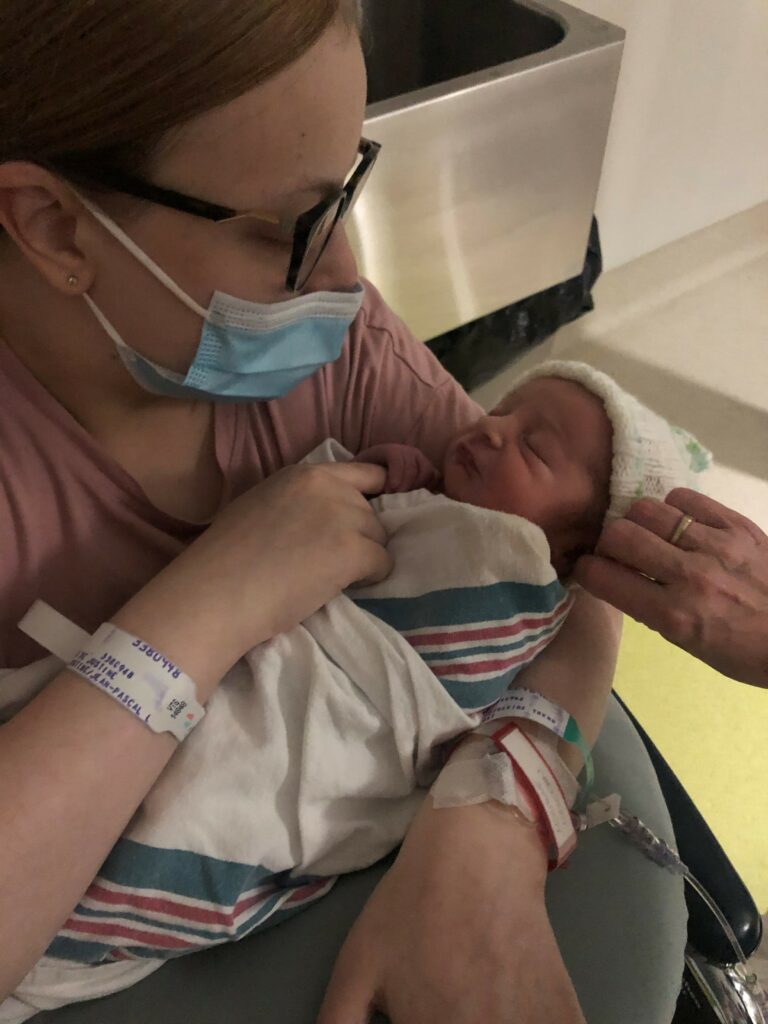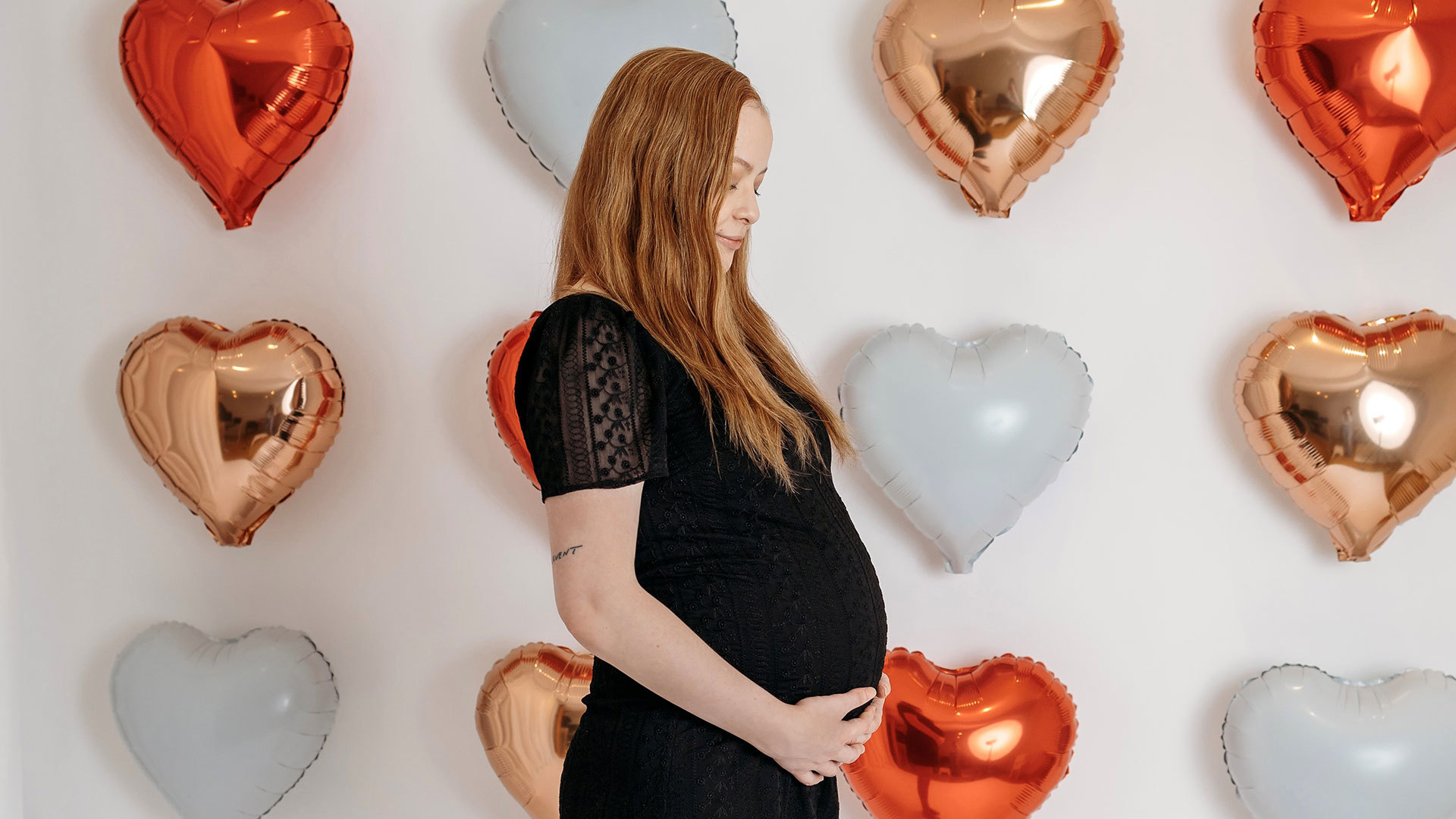I found out I had leukemia when I was just 10 years old. I spent the next several years at Sainte-Justine, fighting for my survival. Today, nearly 15 years later, I’m back, only this time to bring a new life into the world. A dream I thought would never come true.
One day in September 2008, my life suddenly changed. I was 10 years old. They told me I had cancer. I was medevacked from the roof of the hospital in Chicoutimi in my native Saguenay to Sainte-Justine. The official diagnosis was T-cell acute lymphoblastic leukemia. A kind of cancer that has a high risk of recurrence.
It didn’t take a medical degree to understand this wasn’t going to be a walk in the park. It was downright terrifying. Our reference and our guide in the coming years as we picked up a thousand and one new terms and pieces of information would be the 2006 Boston protocol.
I still remember how huge that document was. It was a compilation of all the treatments I would need, the doses, the alternatives and lots of other things I’ve since forgotten. What was my favourite part of the protocol, you ask? When we got to the end! When my cancer was in remission, when I was finally out of the woods, when I could put this nightmare behind me at long last.
But what young Justine didn’t know back then, or didn’t quite realize, was the extent to which the chemo and radiation therapy had ravaged my body. And the body of the woman I would become.

My life had been saved, but the treatments had lingering side effects. That meant I had to say goodbye to a bunch of things. I couldn’t run anymore because my bones were too brittle. I lost my beautiful natural hair because the capillary cells in my scalp were killed off. Having a normal blood pressure, enough energy to get through my day, stable mental health, the ability to have children naturally and so much more were lost to me.
The first goal of my treatments, understandably, was to cure my cancer and save my life. I’m 24 years old now, and the very reason I’m lucky enough to be alive and dream of the future is because of the research advances made over the years in the field of childhood cancer. I know how donations have changed the lives of other young Justines out there just like me. When I was about 19, I enrolled in the PETALE study at Sainte-Justine to promote further research and help prevent late side effects of leukemia treatment.
The years went by and I grew into an adult. With each passing year, I yearned more and more to become a mother. I knew there would be fertility challenges. So if I wanted to have children one day, a plan had to be put in place.
I had just started working with my doctor on this when the pandemic struck. Everything got put on hold. The plan — my dream — would have to wait, even though I longed to be a mother more than ever. I kept up with a semblance of a normal life while I waited.
Nearly two years later, in August 2021, I began experiencing a few strange symptoms.
She suggested I do a pregnancy test.
“But there’s no way I’m pregnant.” I was so sure the test results would be negative that I almost forgot to check. I just stared at the picture in the instructions, thinking I was missing how many lines I was supposed to be seeing.
“It must be a false-positive.” I regretted not having bought two tests like the pharmacist suggested.
Later that day, sitting in my bathroom, I gazed at the multiple tests I ended up doing. I was flabbergasted. They all came back positive. I couldn’t believe my eyes.
So the impossible had happened, but would I be able to carry the baby to term? And what about the handful of medications I was on? Would they affect the fetus? Would I be transmitting any cells or genes to the baby that would put them at risk for cancer later on down the road?
Just as my fondest dream was coming true, the biggest fear of my adult life was welling up inside of me. I needed answers; I needed Sainte-Justine. Only this time, the staff would be helping me start a whole new chapter of my life: the one that would put me on the path to motherhood.

Between the high-risk pregnancy clinic (GARE) and the obstetrics and gynecology internal medicine clinic (MIGO), I knew I was in good hands. And the extra psychological support I got through the Grande Ourse project (funded by the CHU Sainte-Justine Foundation) helped alleviate some of my fears and concerns, as did the wonderful tools given to me to manage this wonderful yet emotion-packed development in my life.
From one month to the next, my baby continued to grow. I was living the dream I had given up on as a young girl. It was hard to believe that over a decade ago I was at Sainte-Justine, fighting to survive, and here I was, back in the same place, growing a new life inside of me. The story is a truly incredible one: the story of Justine at Sainte-Justine.
Justine Tremblay
Mother and Sainte-Justine’s patient

*The remarks expressed in this article reflect the opinion solely of the author and should not be considered as representative of the CHU Sainte-Justine Foundation.
A mother at last
Since this article was written, Justine has had her baby. She is revelling in every moment of this unexpected yet most precious gift. She and her son, Charles, are both doing well.

Fertility after cancer treatment
The emotional roller coaster that comes with a child’s cancer diagnosis is hard on the entire family. Their focus, necessarily, is on doing everything they can to keep their child from succumbing to the disease. But the treatment team will also discuss future fertility options with them.
An oncofertility committee was set up in 2019 at Sainte-Justine to facilitate access to these options. Through the committee, a joint trajectory is established between oncology and the assisted human reproduction centre, and steps are put into place to ensure that collaboration and communication between the teams, and with patients, flow smoothly.
Your donations foster the spirit of excellence and innovation that fuels their efforts. Thank you for empowering Sainte-Justine to continually reach new heights. For children of today and the parents of tomorrow.









